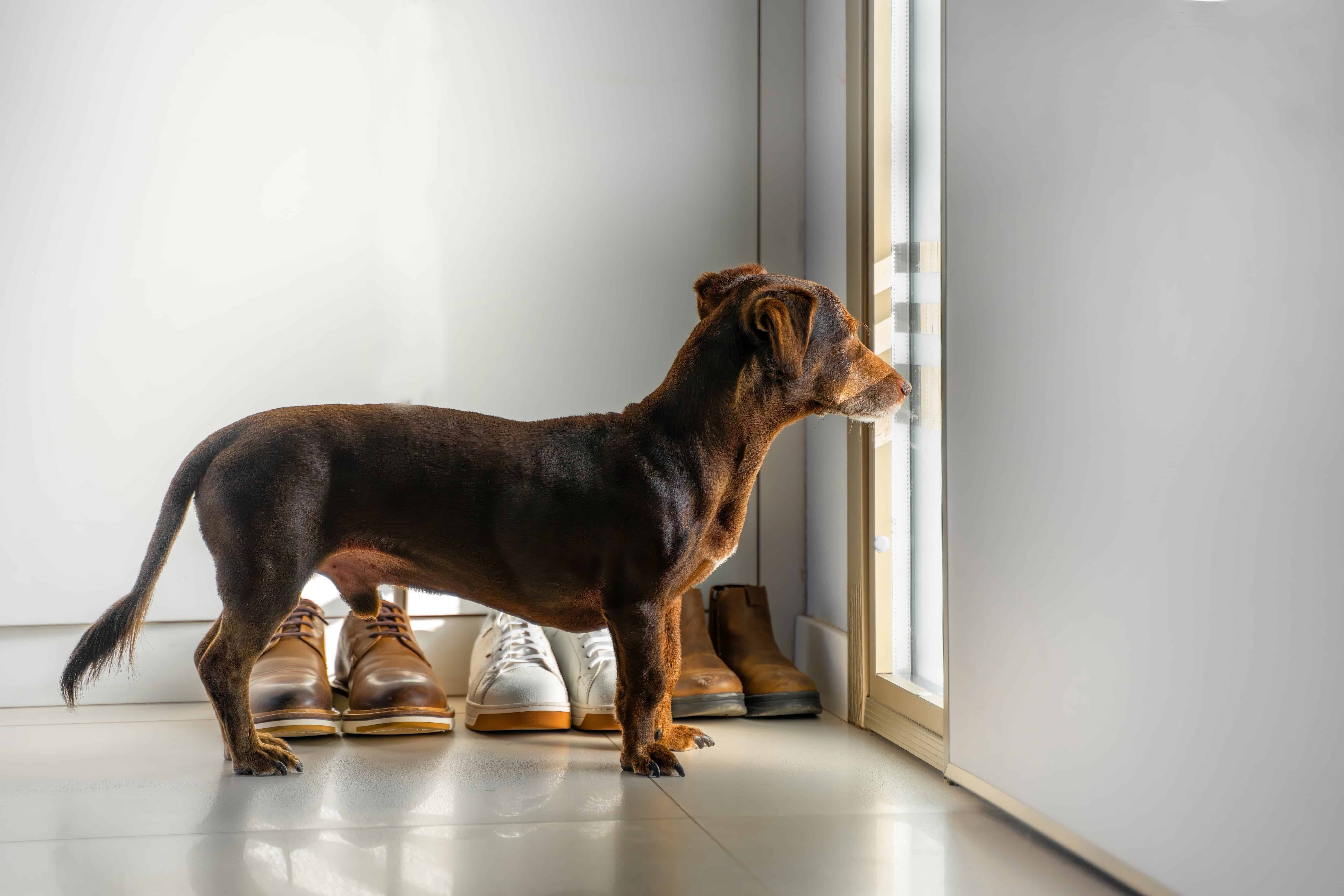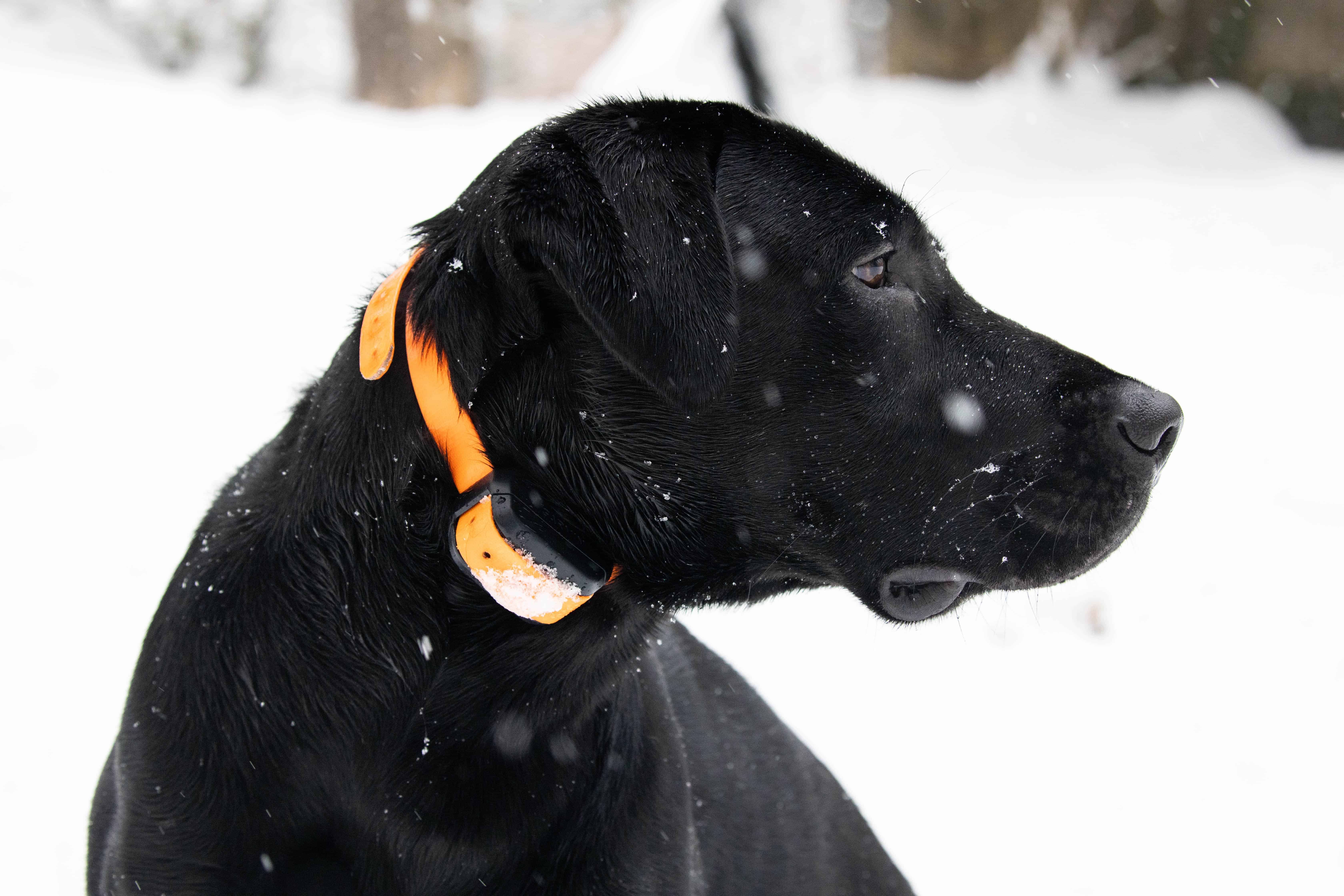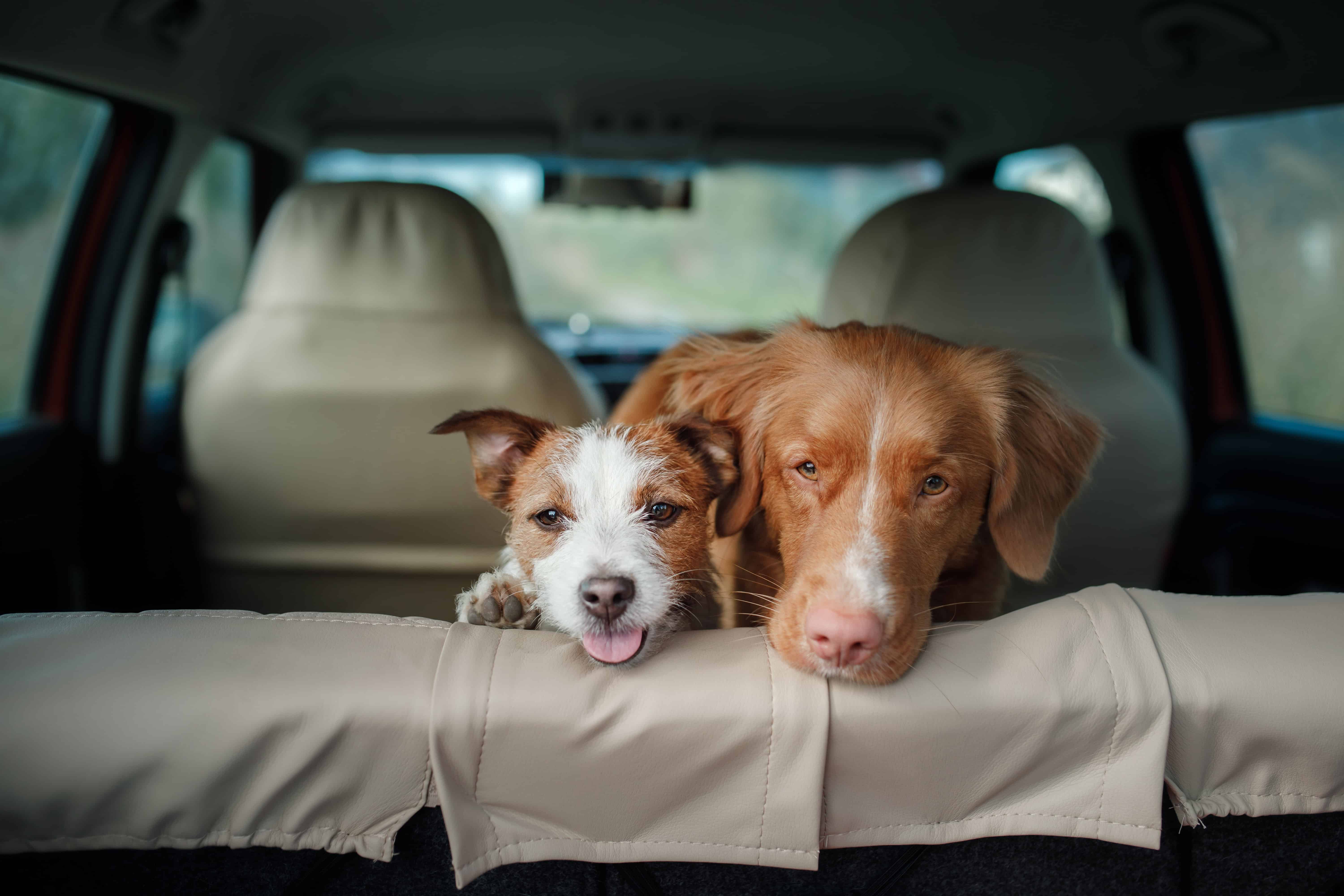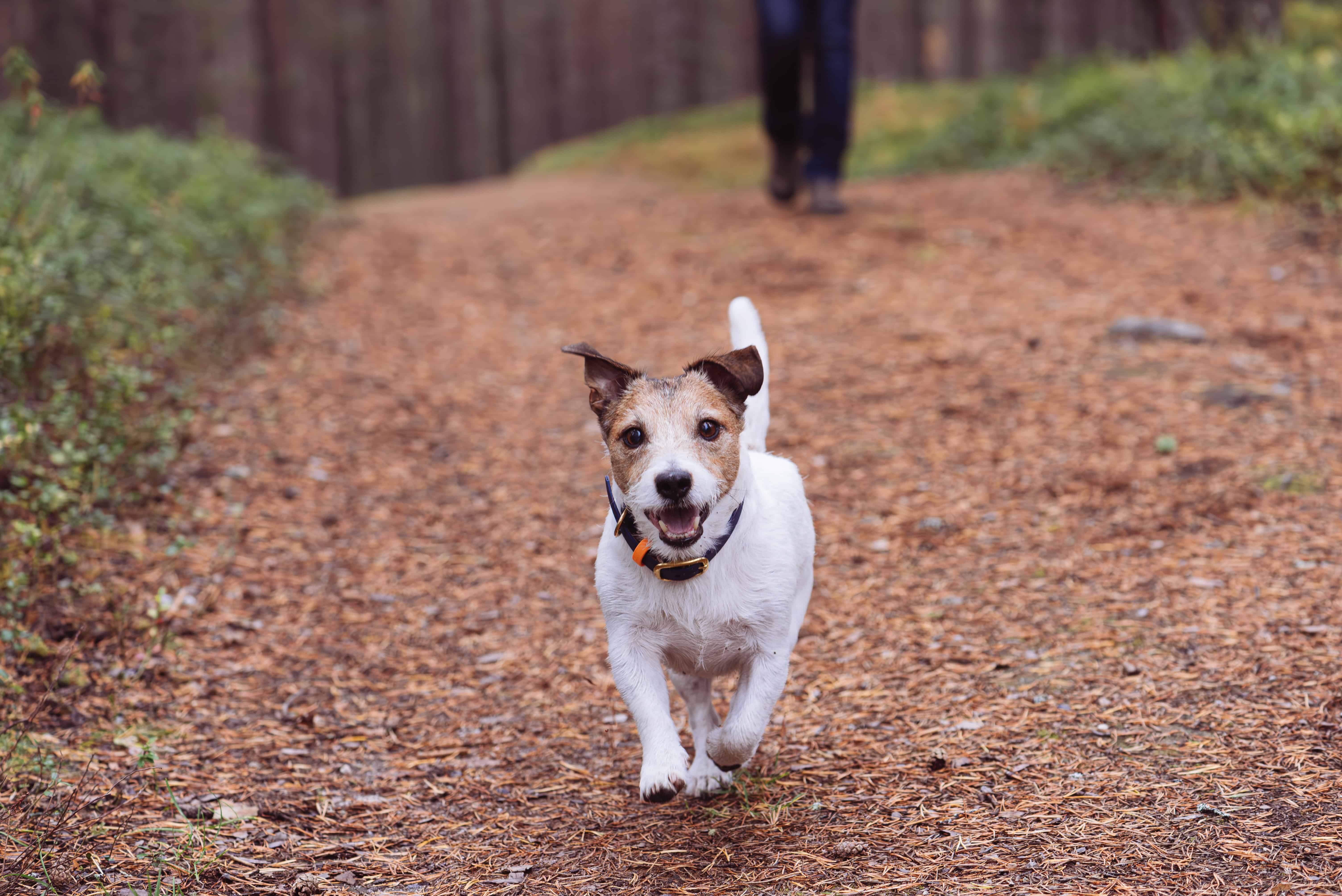As a dog owner, there are some fundamentals you must have in place for a peaceful, stress-free life (or at least, as peaceful and as stress-free as it is possible to be). There is little in the world of dog ownership that generates less peace and more stress than a dog who doesn’t understand where it is appropriate to go to the bathroom. Unless you want to spend countless hours cleaning up after them, ensuring your dog understands the expectations here is critical.
This is a topic that can affect every dog owner, from the first-time novices to those who have owned dogs their entire lives. Nobody enjoys this part of training – but there are a few ways to make it easier and increase your chances of success. In this article, we’re going to take a look at how to potty train your dog, with a step-by-step process from start to finish.
What to know before you start
Before we actually get into the nuts and bolts of the process, there are a couple of things to think about. These are items that you should consider before a new dog or puppy even sets a paw inside your home. If you have had your dog for a while but are still struggling with potty training, these steps are still applicable.
Your attitude is important
In dog training, we often talk about how important it is for dogs to grasp learning concepts, and that is true. However, what is less talked about – but is just as important – is the temperament and attitude of the dog’s owner. That is why sometimes, you’ll hear dog trainers remark that training the owner is just as important as training the dog.
Unless your dog is a unicorn who grasps it immediately, there’s little doubt that potty training your dog will bring its own frustrations. There will be setbacks. There will be cleanup operations. Your attitude is pivotal to making sure your dog stays the course. Try to resist the urge to yell at your dog if they make a mess inside your home. Remaining calm, positive and a reassuring presence is the best way to achieve success.
I highly recommend against using puppy pads. I know it may be tempting because the cleanup is easier, however, it is my opinion that it can confuse the dog on where they are supposed to potty in the learning process and can make potty training take longer than it would otherwise take. It can be difficult to train your dog to use potty pads and then make them learn to go outside. If you want your dog to go outside to potty, then start them on the right track by teaching them outside is where potty happens from the beginning.
Getting the correct crate
We’ve spoken before about the benefits of dog crates, and one major advantage is in the potty training process. The critical part here is choosing the correct size of crate. It shouldn’t be too small (otherwise your dog may feel cramped), but if it is too large, your dog may be able to use the bathroom at one end of the crate and then retreat to the other end. Dogs don’t like to sleep or relax in their own mess, and using the right crate can help to ensure they don’t have the space to do so.
Cleaning materials
Make sure to have a high-quality enzymatic cleaner on standby, in case of any accidents. As we all know, a dog’s nose is very sensitive, and if they can still smell the scent of urine in the home, they will be encouraged to do it again in the future.
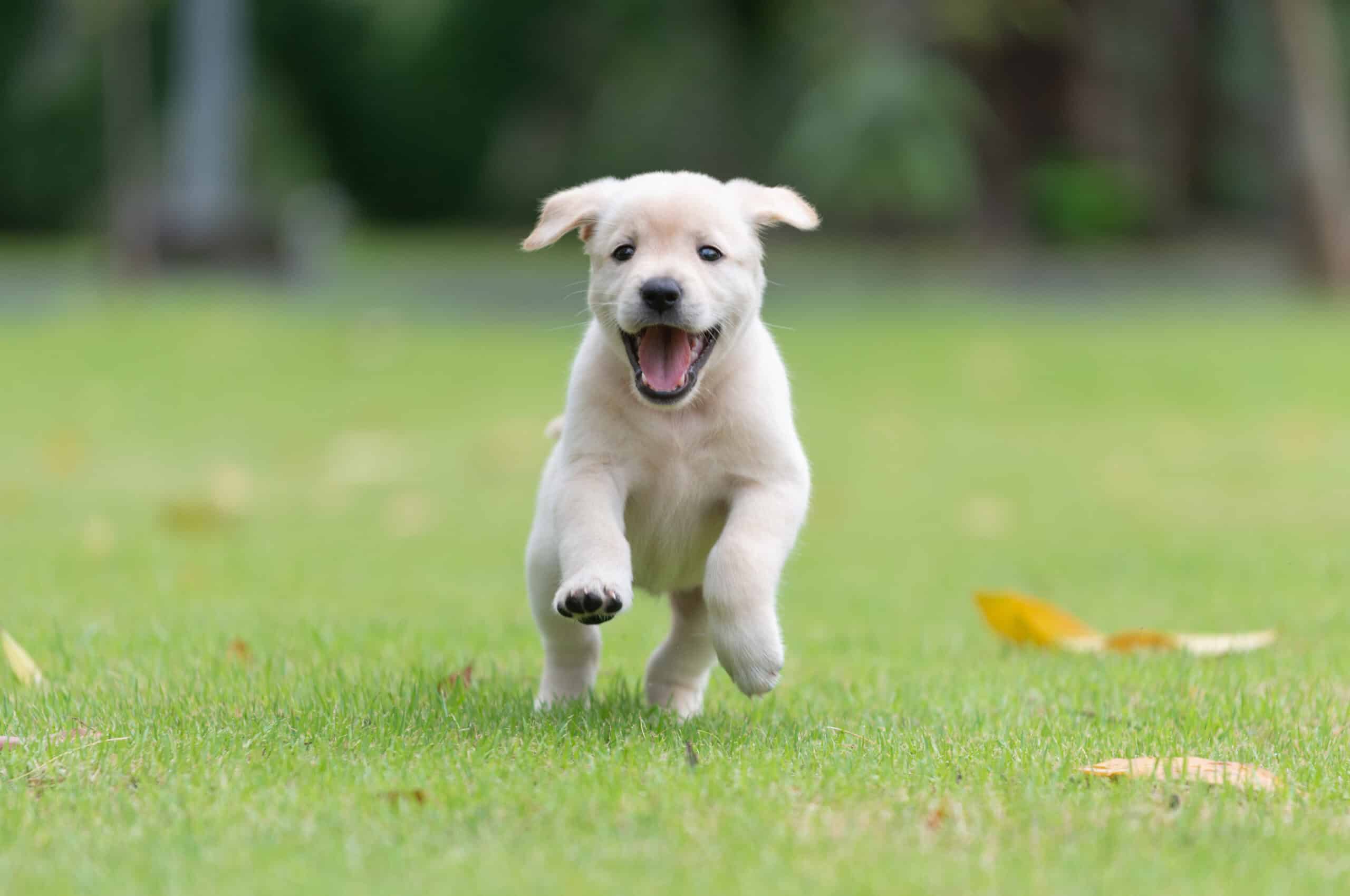
Step-by-step process for potty training
If you’ve taken the time to think about the prerequisites, then you’re ready to go. Here are the steps you need to follow to potty train your dog. Bear in mind that depending on the age, health and behavioral history of the dog, the length of time this process will take will vary.
Step 1: Know your dog
Understanding your dog is crucial, because it will allow you to tailor the potty training process to their needs. A few things to consider include:
- Age – Younger puppies have smaller bladders and intestinal tracts, and as such, they will be unable to hold it if they need to eliminate. As a rule of thumb, for the first 12 months, your puppy can hold it for one hour for every month they have been alive. So a four-month old puppy will be able to hold it for approximately four hours (this is a rough guide and it is better to err on the side of caution by taking them out before they hit the threshold). Remember that young puppies are still trying to develop sphincter control when it comes to holding it. For adult dogs, even six hours is pushing it and the maximum should be eight hours.
- Size – While age is an important factor to think about, size is just as important. Smaller dogs have smaller bladders, and may need to go to the bathroom more frequently than larger dogs.
- Health – When purchasing a dog from a breeder or adopting from a shelter, it is important to ask about any previous health or welfare issues that may make potty training more difficult. This can also be the case for older dogs who have suffered from kidney issues or urinary tract infections (UTIs).
- Previous history – Ask the breeder or shelter if any previous potty training has been attempted with the puppy/dog, and to what extent it has been successful. If the dog is a serial problem in this regard, then it may take longer for them to adjust in a new home (it may also be a flag to raise with a veterinarian, in case there is an undetected health issue).
Step 2: Create a potty training schedule
You’ve likely heard before that proper planning is the key to success in many of life’s endeavors – and yes, it’s the same for potty training your dog. This consistency helps to ensure that your dog is taken outside when they require it. Setting timers, alarms or reminders can also be beneficial.
As a general rule, your dog will need to use the bathroom at the following times – more frequently if they are a young puppy:
- When you wake up in the morning
- After drinking water
- After each meal
- After waking up from a nap
- After significant physical activity/exertion
- Before you go to bed in the evening
Remember that younger puppies will need to go outside during the middle of the night. You will want to make sure this is factored into your planning.
When you take your dog outside, make sure you are patient – they may take some time to sniff. If you don’t have a fenced area, you can use a long line. Use a leash if your dog is easily distracted to keep your dog moving and focused on the task at hand. Do not engage in play or anything similar; dogs are very contextual creatures, and you want to set the context that you are out there to take care of business! In fact, not paying attention to the puppy and not engaging your puppy is the best thing you can do if they are trying to initiate play or go on a sniff-ari. When they actually go potty, you should use a marker like “Yes!”, then reward with a treat.
Step 3: Crate training
It is vital to create positive associations between your dog and their crate. Your dog should feel comfortable and relaxed while inside their crate. Make sure that they have a comfortable bed to sleep on, and consider providing them with treats or chew toys while inside there to increase their positive association.
After your dog has been outside to potty, let them run around outside for a little bit. Then before giving them any access inside the home, they should go directly from outdoors to back into the crate for at least 30 more minutes. This will help prevent the dog from coming inside and having an accident right away from not emptying their bladder completely. In general, remember not to overuse the crate – one of the most common mistakes that dog owners make is to use the crate as a punishment tool for bad behavior. Your dog should enjoy spending time in there in specific situations, but it shouldn’t be overused.
Step 4: Active supervision
As time progresses, you will recognize the signs that your dog wants to go outside to potty. They may start to hover by the door, begin to pace or whine incessantly when they need to go. This is the very first stage in: learning how to read your dog 101!
Actively supervising your dog during potty training is important, because it makes setbacks less likely to occur. If you can spot the signs that your dog needs to go outside, you can take them before they eliminate on the floor indoors. This proactive approach means that it is far less likely that the training will regress. Puppies should not have full access to the house until they are potty trained, therefore, I recommend an X-Pen. Graduating from that, you could give them access to a bigger area that is still relatively confined – like baby-gating them in the kitchen, and then go from there as they show more and more control!
If your dog has an accident, the best thing you can do is to pick them up and carry them directly outside (even before cleaning the mess). Do this even though they already went potty on the floor. This will help, because they may not have completely emptied their bladder. It will also give you a chance to use positive reinforcement if they do finish going outside, plus you’ll be showing them the picture contextually of where they should be going.
Step 5: Stay positive and avoid punishment
Remember at the outset of this article, when we talked about the owner’s attitude in this process? It really matters. Positive reinforcement of desirable behaviors – including treats, verbal praise and encouragement – makes it far more likely that your dog will create a positive association with what they are doing. Punishment – even if you are truly frustrated – will not help. Shouting, yelling or getting angry at your dog is not going to help them learn where to go potty. All it will do is weaken the bond between the two of you and may actually further prolong the potty training process. Remain patient and calm – even if your internal monologue is trying to burst out of you with frustration. Part of getting a puppy is that you’re going to have to clean up pee and puppy poop in the early stages.
How long does potty training take?
This depends on a number of factors, many of which we outlined earlier in this article. If your dog has had bad prior experiences with potty training, or has a significant health issue that makes it harder for them to learn, then it will naturally take longer. On the other hand, a young puppy who soaks up new behaviors like a sponge and has no stressful associations with potty training may pick it up far more quickly.
What to do if you’re still struggling
We have spoken with so many dog owners over the years who have struggled with potty training their dog. Even if the steps are followed in this article, there are always nuances with every dog that may stall progress or make it more difficult for your dog to grasp.
At K9 Evolutions Dog Training, we are here to help! If you’ve recently acquired a new puppy and want to create good potty training habits immediately, or if you are struggling to master the process with an older dog, we would love to speak to you and find out how we can help. You can reach us at (612) 227-7019 or by emailing info@k9evolutionsdogtraining.com.

